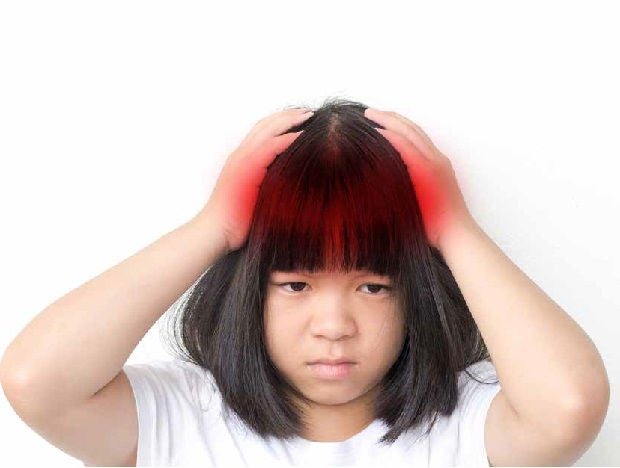
Brain and other solid tumours account for almost 60 per cent of all childhood cancers, but such tumours are usually diagnosed late because they are rare, diverse and often under-recognised.
About 150 children are
newly diagnosed with
cancer in Singapore
every year. Cancer is
the second leading cause of death
in children here and in other
developed countries.
“In children, the types of cancer and their incidences are very different from the cancers in adults,” said Dr Amos Loh, Senior Consultant, Department of Paediatric Surgery, KK Women’s and Children’s Hospital (KKH). The types of tumours that prevail also differ among children of different age groups.
“In infants and toddlers, we see higher rates of tumours in growing organs, such as the brain, kidney, liver, and nervous system. Tumours of the bone, muscle and connective tissues are more prevalent among adolescents,” Dr Loh said.
Cancer predisposition
“While childhood cancers are driven by genetic cues that have lost their normal regulation and control, in general these are mostly random events and are not often hereditary or genetically predisposed,” said Dr Loh.
A study by KKH and National Cancer Centre Singapore on local children with brain and solid tumours found that 10 per cent had verified mutations associated with genetic predisposition, but only half of them had known family histories of cancer.
“As scientific knowledge continues to grow, we may uncover more about paediatric cancer predisposition syndromes. Nevertheless, it is still important to screen for genetic predisposition syndromes as they can have important bearing on family members and the patient,” he said.
Becoming cancer-free
Over the years, the success rates of treating childhood cancers have generally improved, with over 80 per cent of children and adolescents being free of the illness for the long-term. This is largely attributed to the better survival outcomes in children with blood cancers, namely leukaemia and lymphoma, which account for about 40 per cent of cancers in children and adolescents.
However, the situation for brain and solid tumours is far less positive. “Such tumours are notoriously difficult to manage and complex to treat,” said Dr Soh Shui Yen, Head and Senior Consultant, Haematology/ Oncology Service, Department of Paediatric Subspecialties, KKH.
For instance, over 90 per cent of children with Wilms tumour (the most common kidney cancer in children) and retinoblastoma (the most common eye cancer in children) recover from the disease. However, for some aggressive childhood cancers, such as diffuse midline gliomas (an aggressive brain cancer) and stage 4 sarcoma (a rare cancer in the bone and soft tissue), the outcomes are dismal.
“It is difficult to advance treatments via clinical trials due to the diverse varieties of tumours and the small numbers of patients for each tumour type. More research and global collaboration will be helpful in expanding the understanding of these diseases (find out more about the VIVA-KKH Paediatric Brain and Solid Tumour Programme here) thereby improving patients’ outcome in the long run,” Dr Loh said.
Multifaceted therapy
As with adults, children with cancer are treated using various combinations of chemotherapy, surgery, radiotherapy, and/or cellular-immunotherapy.
“Treatment of complex oncologic conditions in children are best supported by a comprehensive range of paediatric medical and surgical specialties as well as paediatric allied health care in a children’s hospital,” said Dr Soh.
Patients can be as young as newborn babies; hence, treatment must also consider the possibility of acute and long-term side effects. All childhood cancer survivors attend clinics for longterm follow-up and to check for potential late effects.
Apart from medical treatment, a host of support services (play and music therapy, art therapy, and child psychology) and staff (medical social workers and child-life specialists) ensure that holistic care is provided to these young patients.













 Get it on Google Play
Get it on Google Play